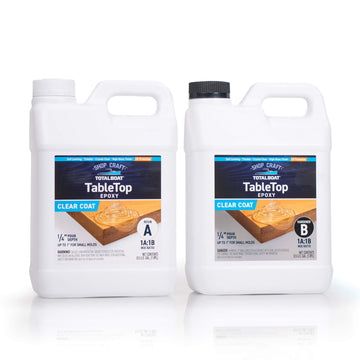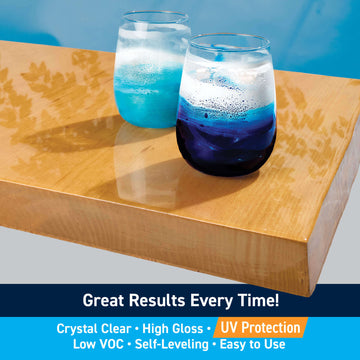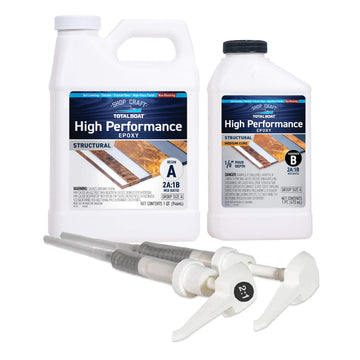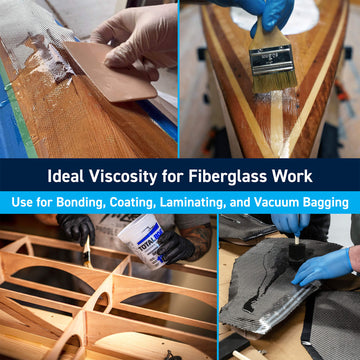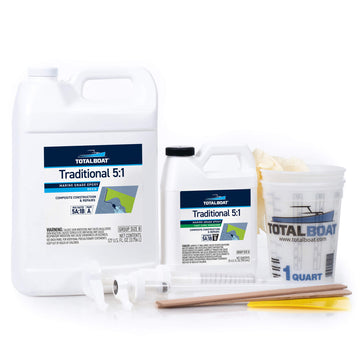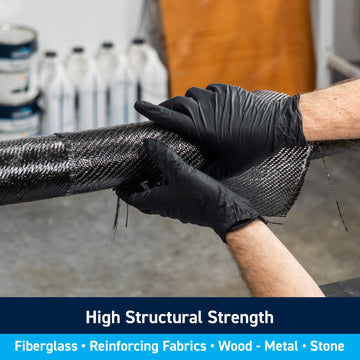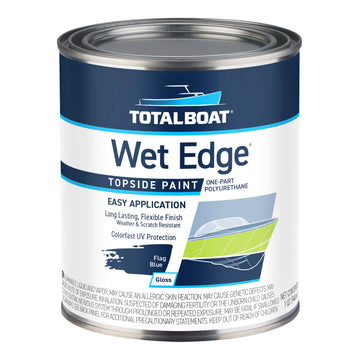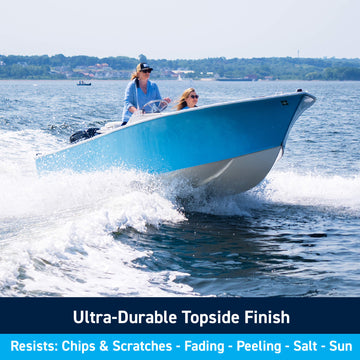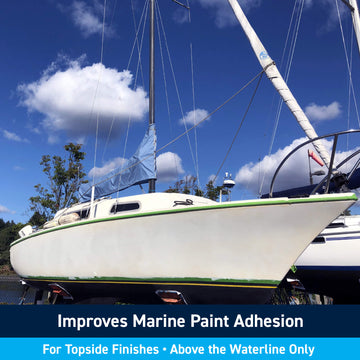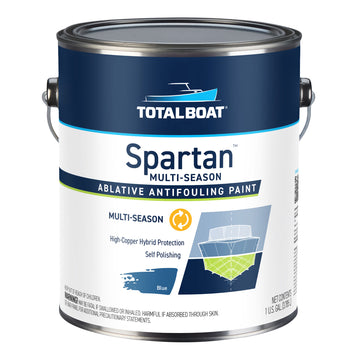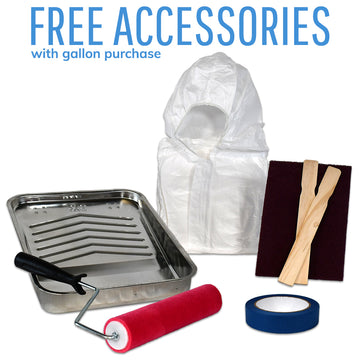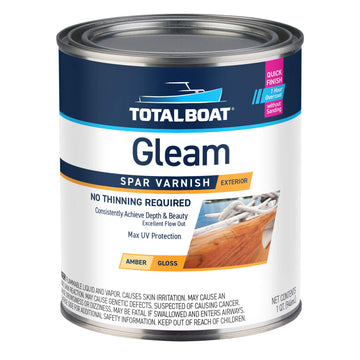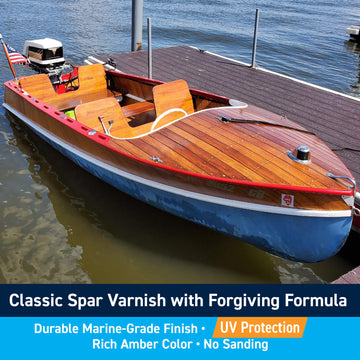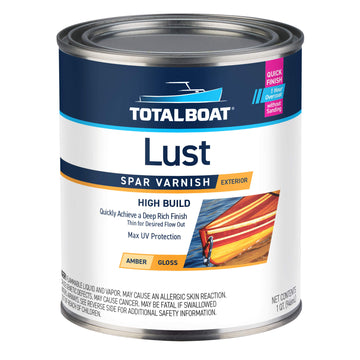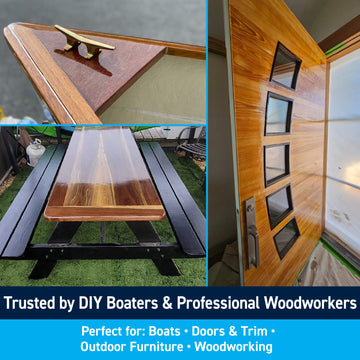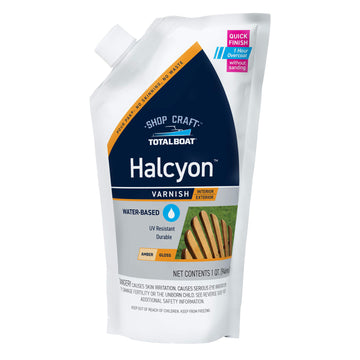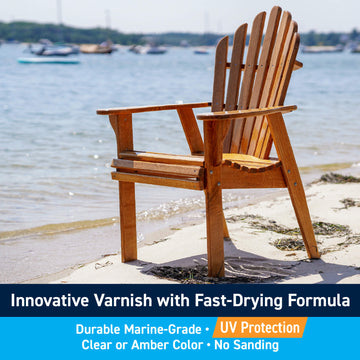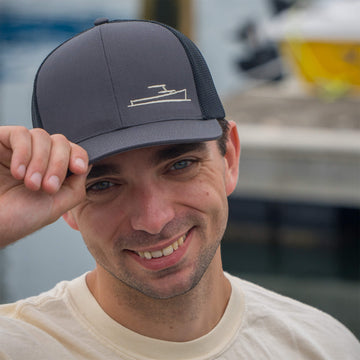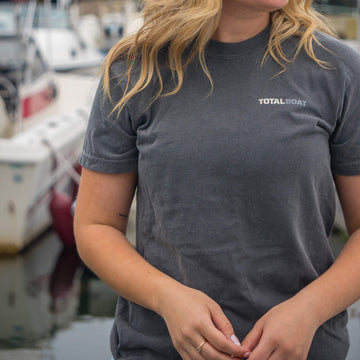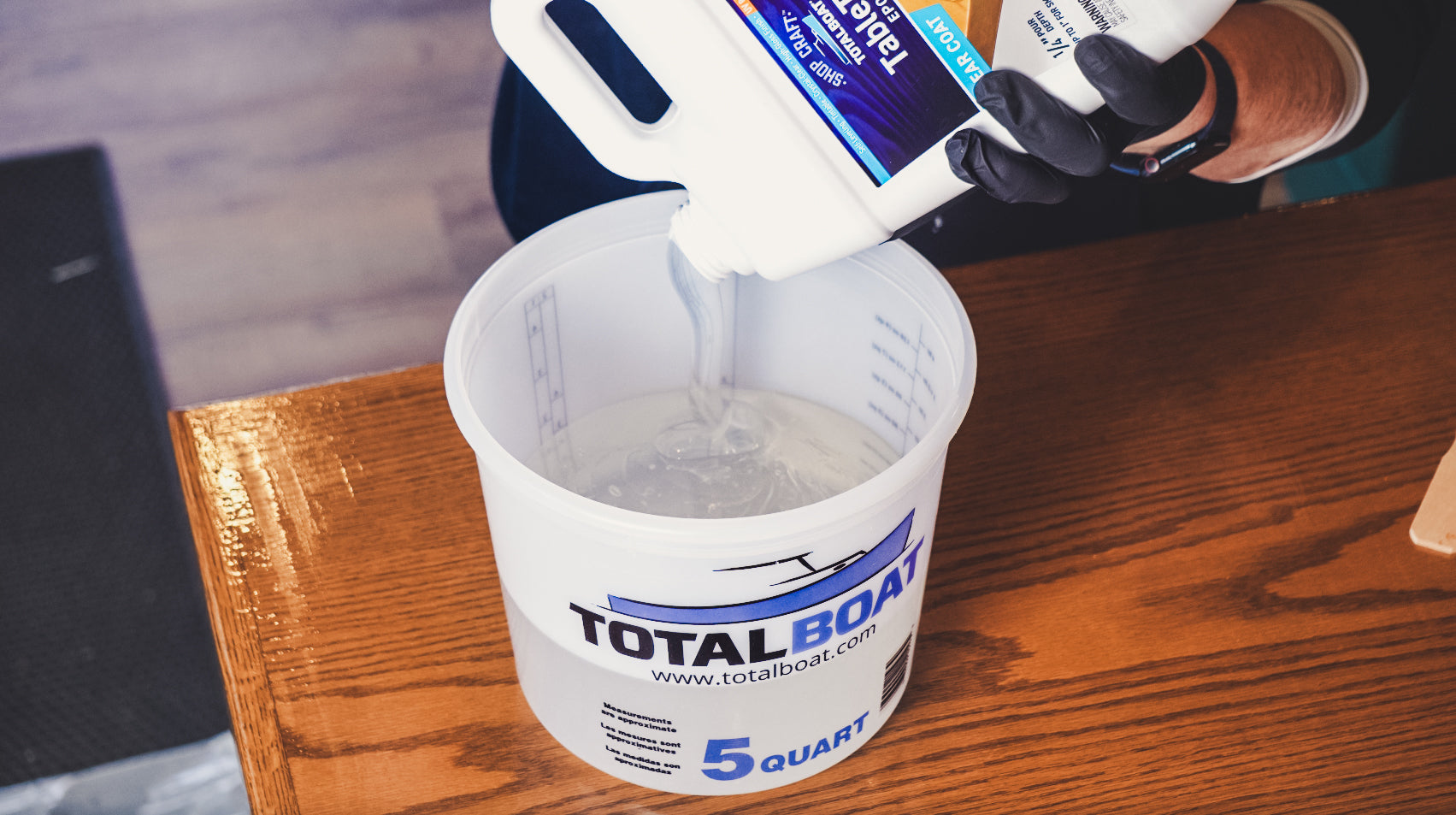Keel-Hauling Corrosion: The Duracell Project Tackles a Critical Keel Seal

Matt from The Duracell Project is renowned for his dedication to turning the legendary Open 60 racing sailboat, Duracell, into a robust and comfortable cruising home, a project we’ve been following for a few years now. This week’s video takes us into one of the most critical structural areas of the boat: the keel, where Matt faces a tricky and essential task: sealing the seam between the steel keel fin and the heavy lead bulb. This project proves that even seasoned shipwrights encounter challenges, especially when dealing with the rapid corrosion of bare metals.
Sealing the Keel: A Race Against Corrosion
The main goal of the project was to seal the seam where the steel keel fin meets the lead bulb. This vital structural seam needed protection after Matt carefully removed residual lead barrels from the mold ports and a small toe from the leading edge left over from the pouring process.
Step 1: Filleting with Flexible Strength
To start the sealing process, Matt needed an initial, high-strength, yet flexible barrier in the corner. For this crucial step, he chose TotalBoat FlexEpox Flexible Epoxy Adhesive.
FlexEpox is specifically engineered to handle stress and tolerate flexing better than traditional two-part epoxies, making it perfect for joints that may experience movement. Matt thickened the FlexEpox with silica to create a fillet, dispensing the mixture using a zip lock bag and shaping the inside radius with a tongue depressor. This material ensures a permanent, structural bond that can absorb stresses.
Step 2: The High Performance Lamination Challenge
After the initial fillet, the next phase was to laminate several layers of fiberglass across the seam, running from the lead bulb onto the steel fin.
This job presented an immediate obstacle: laminating to lead is incredibly tricky because it corrodes very quickly. If the coating isn't applied within minutes of cleaning and abrading the lead, the corrosion layer prevents the epoxy from adhering. Matt discovered this the hard way when his first attempts failed, and the cured epoxy peeled right off the bare metal.
Matt adjusted his strategy, shifting from doing the whole seam at once to working in small sections. He prioritized speed, ensuring the epoxy was applied within 5 to 10 minutes of cleaning and sanding the metal.
Matt used High Performance Epoxy for the lamination, specifically utilizing the slow cure hardener, which he appreciates for providing ample working time necessary for such difficult, technical laminations.
His successful technique involved:
- Grinding and cleaning the area.
- Immediately brushing on the High Performance Epoxy and using a wire brush to grind the epoxy into the lead
- Applying the 6 oz. fiberglass cloth while the epoxy was still wet.
- Finally, applying a vacuum bag for a tight seal and curing the area overnight in a tent heated to 90°F.
Though the project took four days to complete due to the necessary troubleshooting, Matt’s persistence paid off, resulting in a successful lamination.

Duracell's Ongoing Transformation
This essential keel sealing job is yet another major structural component Matt and Janni have addressed in their refit. We've seen Matt rely on High Performance Epoxy and rigorous fiberglassing techniques throughout their journey, from building the new cockpit sole to transforming the stern with the transom transformation.
For those learning the ropes, Matt previously shared a thorough tutorial on utilizing these materials in our blog on Fiberglassing Basics with The Duracell Project.
A Satisfying Finish: Galley Upgrade
To lift their spirits after the complex keel work, Matt and Janni tackled a much-needed interior upgrade: installing a large stainless steel sink in the galley. Matt wanted a flush-mount installation, which was complicated because the counter is composed of foam, fiberglass, wood veneers, and an epoxy top—not a solid material like quartz.
He carefully routed out the counter surface to recess the sink flange, shimming it up to be perfectly flush with the countertop. The sink was then bonded into place using adhesive silicone to ensure a watertight seal.
Follow Matt and Janni on The Duracell Project as they continue to refine their legendary racing boat into a comfortable, secure cruising vessel!
